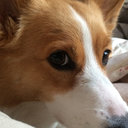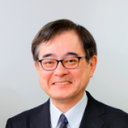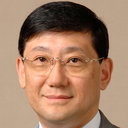Effects of Surgery and Antiplatelet Therapy in Ten-Year Follow-Up from the Registry Study of Research Committee on Moyamoya Disease in Japan.
Ključne riječi
Sažetak
BACKGROUND
Despite the common practice of surgery and antiplatelet therapy for the prevention of recurrent stroke in patients with moyamoya disease, the benefit of these treatments is controversial. We analyzed the stroke recurrence rate in the Registry Study of Research Committee on Moyamoya Disease in Japan funded by the Health, Labor and Welfare Ministry of Japan.
METHODS
An annual follow-up study of the registered cases was continued for 10 years. The rate of recurrent stroke, including cerebral infarction and hemorrhage but not transient ischemic attack and seizure, was evaluated with Kaplan-Meier analysis.
RESULTS
The proportion of childhood-onset cases decreased in recently registered cases (within 10 years, n = 541) compared to remote cases (> 10 years, n = 735). Among types at disease onset in adult-onset cases, intracerebral hemorrhage decreased recently. In recent cases, the rate of subsequent cerebral hemorrhage was much higher in the hemorrhagic group (10.9 ± 3.3%/5 years) than in the ischemic group (2.0 ± .9%/5 years). The recurrence rate of cerebral infarction was lower in the surgery group (1.8 ± .9%/5 years) than in the nonsurgery group (3.8 ± 2.2%/5 years). In the adult-onset ischemic group, the proportion of surgically treated patients increased and their recurrence rate was lower than that of nonsurgery patients. In the ischemic group, the rate of cerebral infarction was not significantly different between the antiplatelet subgroup and the non-antiplatelet subgroup, whereas the rate of cerebral hemorrhage was higher in the non-antiplatelet subgroup than in the antiplatelet subgroup.
CONCLUSIONS
Our results suggest revascularization surgery may suppress recurrent ischemic attacks in patients with moyamoya disease.




